Nitrate
Ancora Psychiatric Hospital
Nitrate, a fertilizer chemical, frequently contaminates drinking water due to agricultural and urban runoff, and discharges from municipal wastewater treatment plants and septic tanks. Excessive nitrate in water can cause oxygen deprivation in infants and increase the risk of cancer. Click here to read more about nitrate.
Samples
Samples exceeding legal limit (MCL)
Samples exceeding
health guidelines
Testing results - average by year
| Year | Average result | Samples taken | Detections | Range of results |
|---|---|---|---|---|
| 2014 | 0.432 ppm | 14 | 4 | ND - 2.23 ppm |
| 2015 | 0.416 ppm | 14 | 6 | ND - 2.08 ppm |
| 2016 | 0.380 ppm | 14 | 5 | ND - 1.75 ppm |
| 2017 | 0.312 ppm | 14 | 8 | ND - 1.92 ppm |
| 2018 | 0.273 ppm | 13 | 3 | ND - 1.52 ppm |
| 2019 | 0.288 ppm | 12 | 3 | ND - 1.62 ppm |
ppm = parts per million
State and national drinking water standards and health guidelines
EWG Health Guideline 0.14 ppm
The EWG Health Guideline of 0.14 ppm for nitrate was defined by EWG . This health guideline protects against cancer and harm to fetal growth and development.
EPA Maximum Contaminant
Level (MCL) 10 ppm
The legal limit for nitrate, established in 1962, was developed to protect infants from acute methemoglobinemia, a life-threatening disorder of oxygen transport in the body. This limit does not fully protect against the risk of cancer and harm to the developing fetus.
ppm = parts per million
All test results
| Date | Lab ID | Result |
|---|
